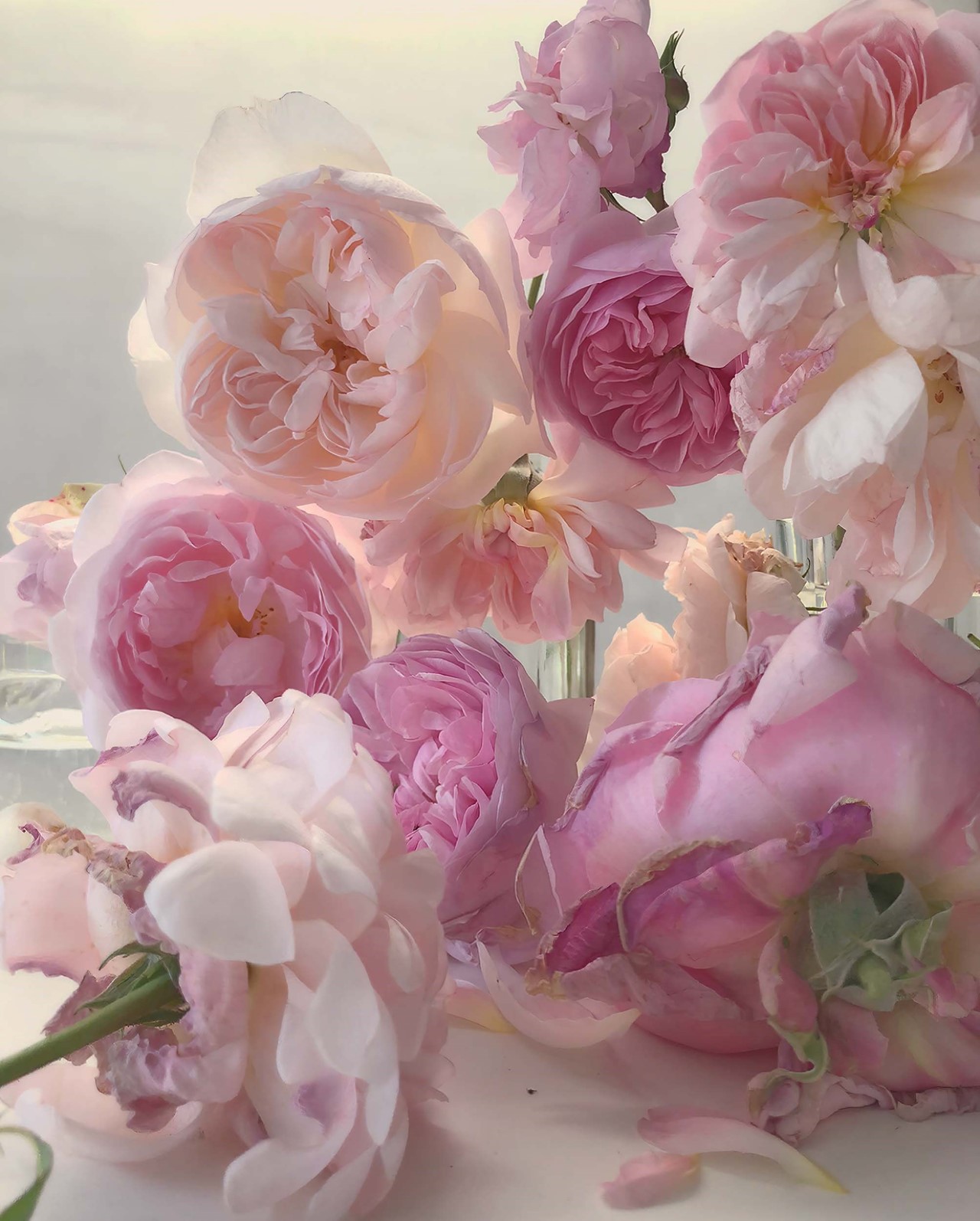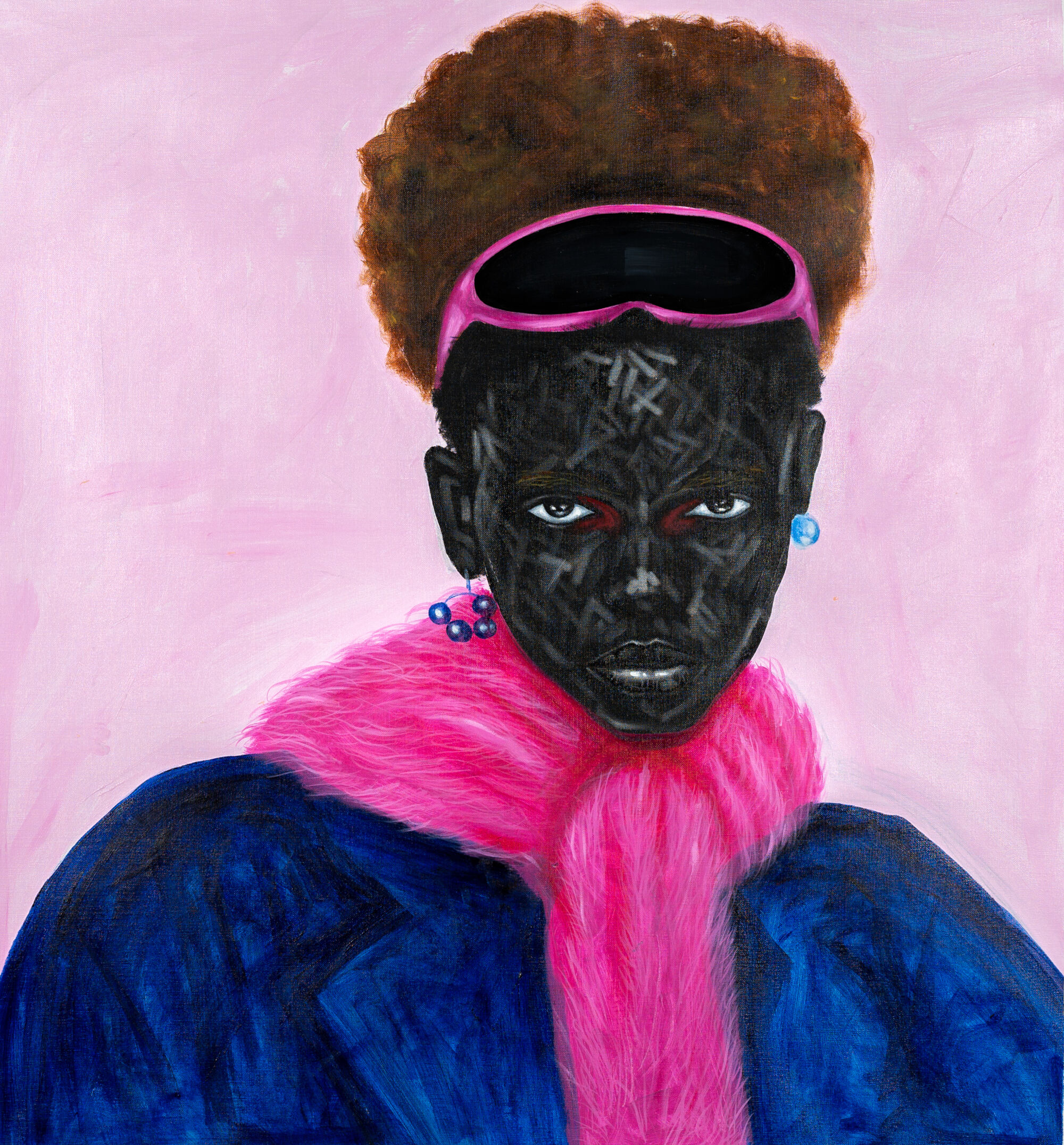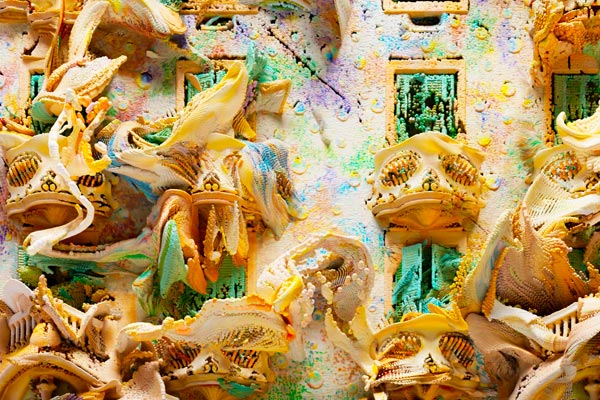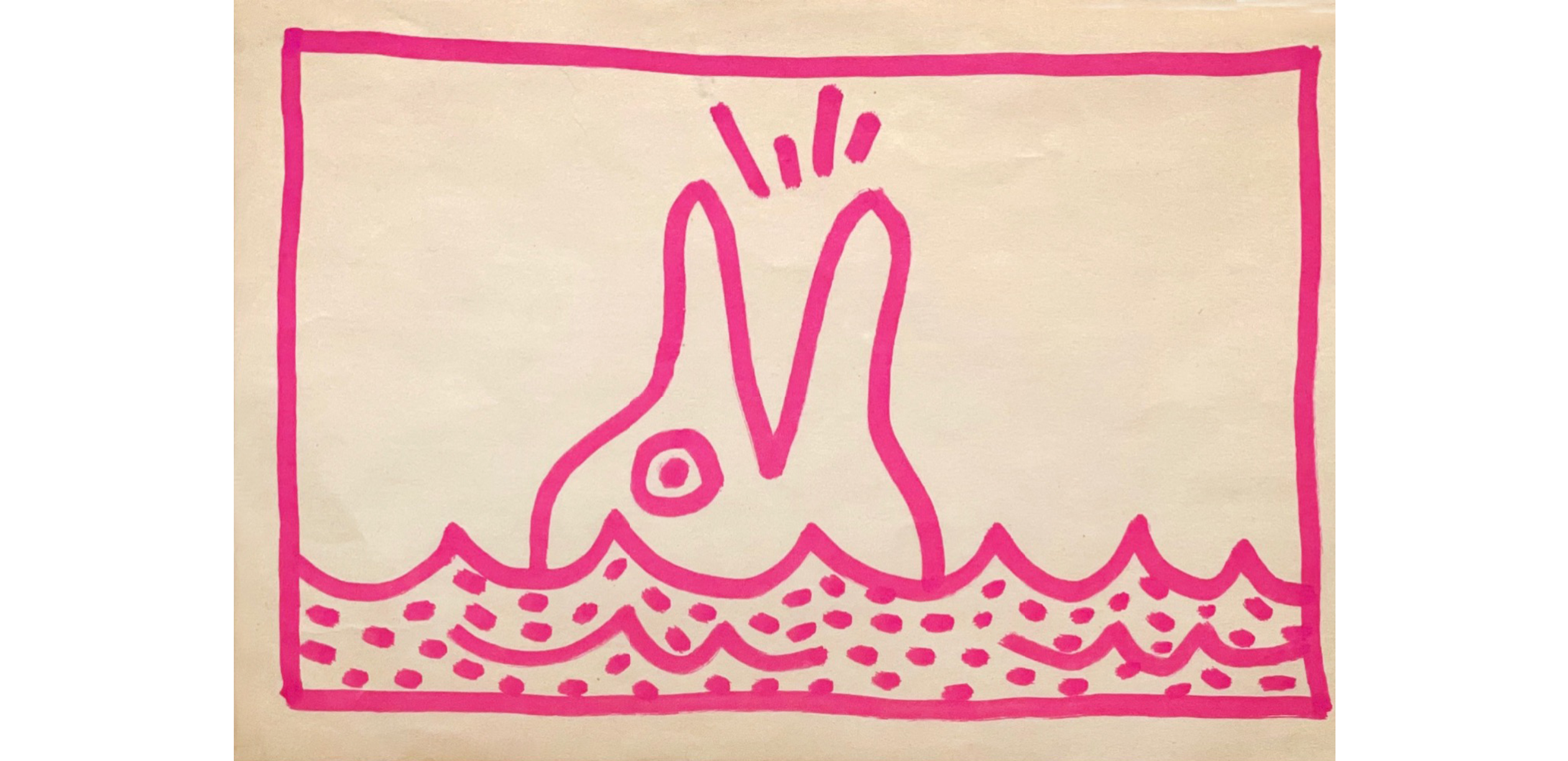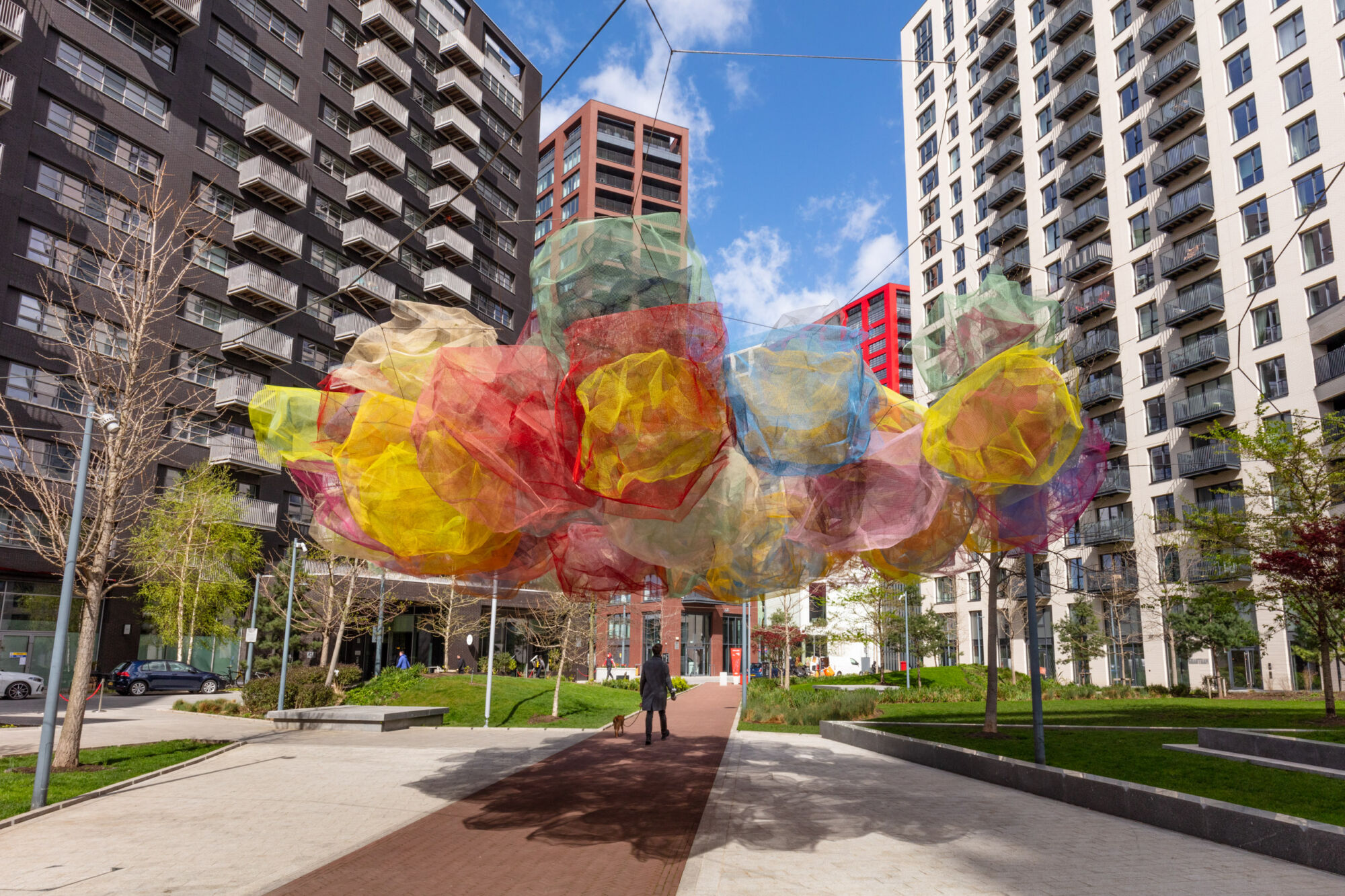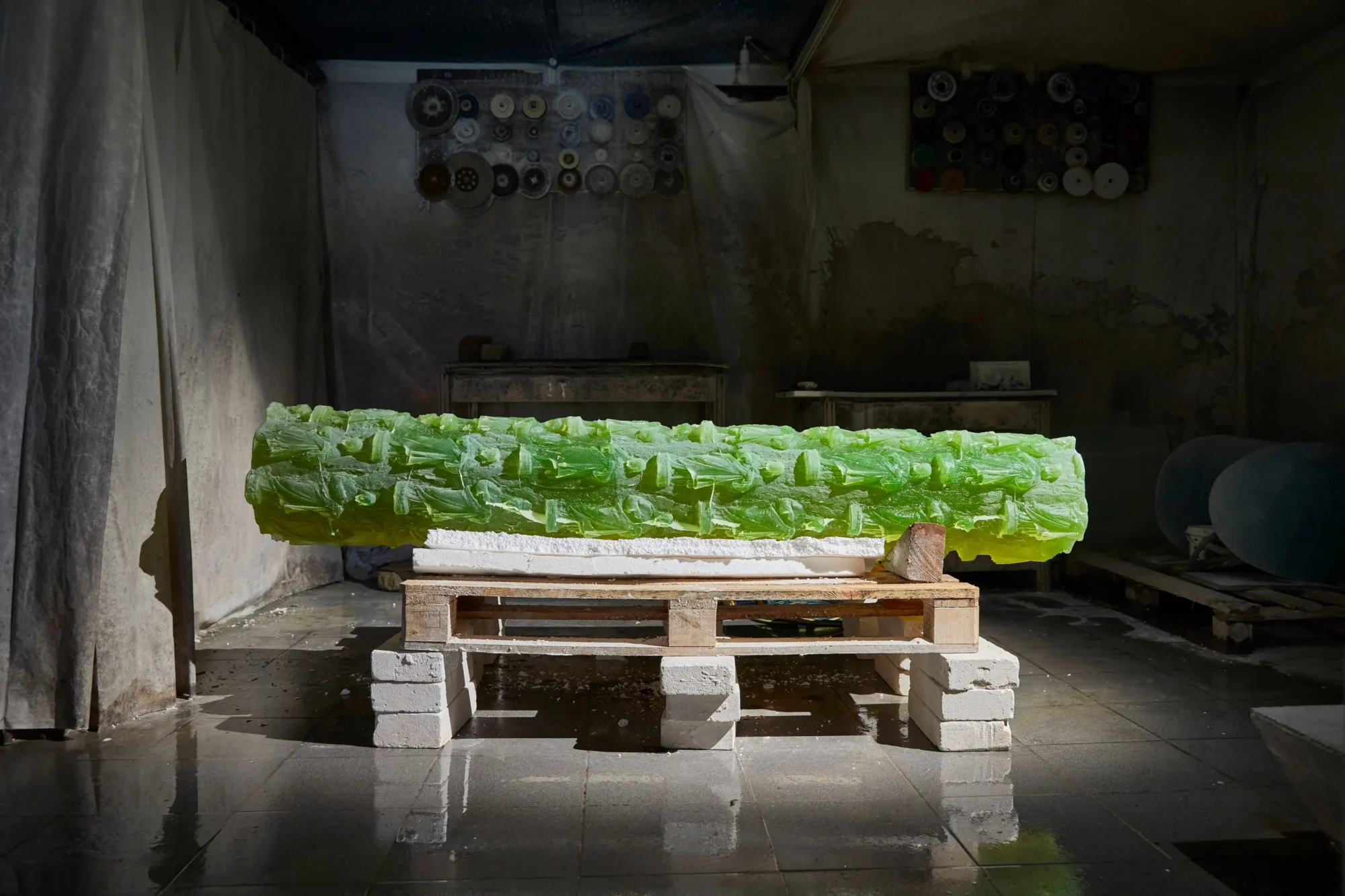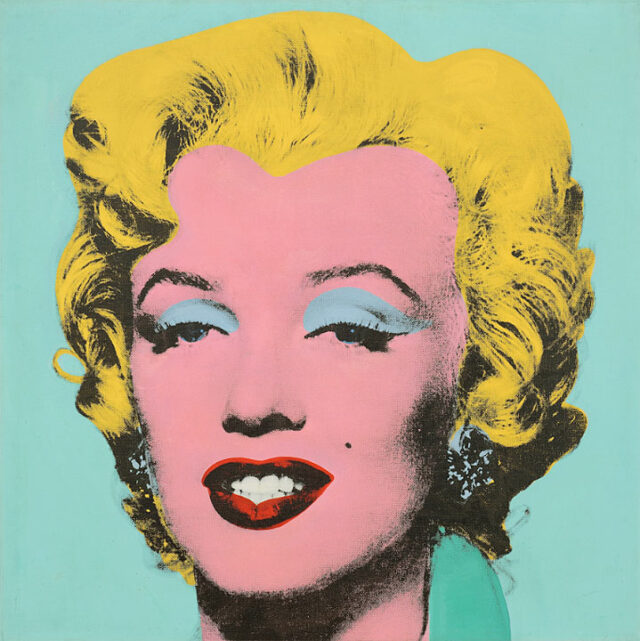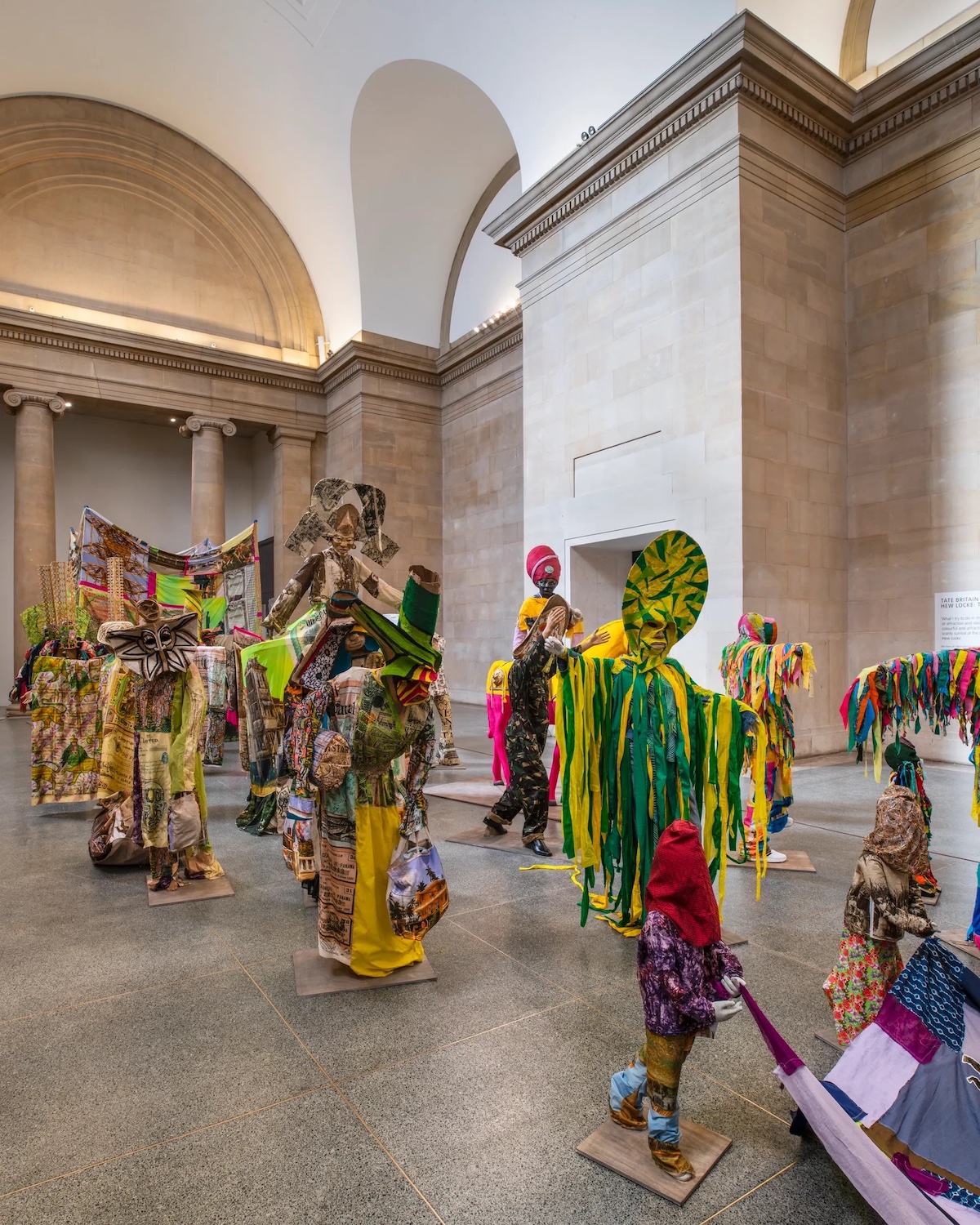Tomorrow would have been Keith Haring’s 64th birthday. Known the world over for his visual language of bold figures and bright backdrops, Haring’s work started popping up on New York sidewalks in the 1980s and has been an irrepressible artistic force ever since, spawning a worldwide legacy. Having created his own iconography, Haring toyed with his collection of characters: angels, mermaids, dolphins and UFOs re-emerge time and time again.
Like his compatriot Jean-Michel Basquiat, Haring’s paintings brought the raw energy and playful colours of the street to the white walls of the gallery world. The two are inextricably linked in public imagination - when Basquiat died in 1988 at 27, Haring penned his obituary for Vogue, and paid homage to his fellow artist with the work A Pile of Crowns for Jean-Michel Basquiat. Friendship is not all they shared, as market prices for both oeuvres skyrocketed in the late eighties in an ironic defiance of the social commentary contained within their works.
Despite their childlike colour palate and shapes, Haring’s bold figures take a wry cartoonish eye to the darker social themes of the time, addressing drug abuse, exploitation, war, safe sexual practice and the AIDS epidemic. These themes spawned multiple public art campaigns (including his famous Crack is Wack mural) eventually setting up the Keith Haring Foundation to provide funding and imagery to AIDS organisations and children’s programs. Speaking on his mission statement of art for all, he said: “I don't think art is propaganda; it should be something that liberates the soul, provokes the imagination and encourages people to go further. It celebrates humanity instead of manipulating it.”
Share
